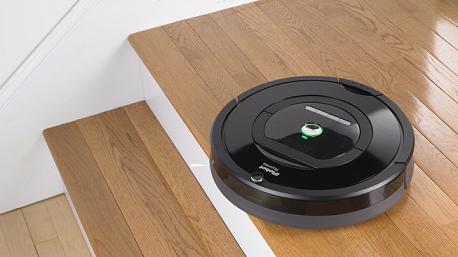iRobot Unveils Smarter Roomba and Smaller Scooba (video)
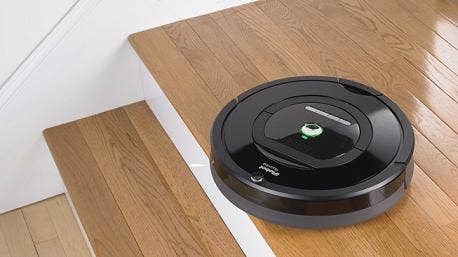
Share
iRobot is proud to announce some new additions to their family. The reigning champions of robot vacuuming are looking to stay on top with the new 700 series of Roomba, and the Scooba 230. Both will be on display at CES this week, and are set to be released for US distribution this spring. The 700 series Roomba comes equipped with a touchscreen, better cleaning strategies, and 50% more battery life than its predecessor vacuums. Scoobas are iRobot's hard floor scrubbing systems - in other words, their robo-mops. The 230 is a major decrease in size from previous models, measuring only 6.5 inches in diameter and just 3.5 inches tall. With that smaller footprint the bot should be able to mop around your toilet and in other hard to reach places in your bathroom and kitchen. You can watch the Scooba 230 in action in the advertising video from iRobot below. While improvements in hardware are impressive for these models, the biggest innovations have been in their intelligence. The Roomba 700 series and the Scooba 230 are signs that the household robots of the future are going to work smarter, not harder.
While the Roomba has made its way into the general consciousness, the mainstream public may not realize that there are models from iRobot which use water and scrubbing brushes to clean hardwood floors, tile, and linoleum. The Scooba, however, has been available for sometime. In fact, various ships in the US Navy have been using them to free up their sailors to perform more valuable tasks than swabbing the deck. Like its larger predecessors, the Scooba 230 has a reservoir of cleaning solution that it slowly depletes and replaces with dirty water as it washes, scrubs, and squeegees the floor. iRobot makes a big deal out of the fact that soiled water is never used to clean the surface (unlike with a bucket and mop). They even claim that a properly used Scooba 230 will eliminate 97% of bacteria. That may be playing on people's tendency to erroneously equate a lack of bacteria to cleanliness, but it does make for one heck of a sales pitch. The following video is an ad for Scooba that highlights its other fine attributes.
The Scooba 230 will cost $300 when it hits shelves this spring. While its likely to prove a big improvement over previous Scoobas, I do wish the 230 hadn't given up on sweeping and mopping at the same time. Having to pick up loose dirt before letting the Scooba out isn't going to be hard, but it does seem to defeat the purpose a bit.
Like the Scooba 230, the Roomba 760, 770, and 780 have their selling points. The 700 series is sleeker than previous Roombas, and its touchscreen interface does away with buttons that often get dusty or sticky after months of use (780 only). iRobot also states that the battery life for the new Roomba is 50% greater than its predecessors, though they don't specify which older model they are referring to. For those with allergies, or pets, the inclusion of two HEPA filters will also be a strong positive. Roomba 760 will have a $450 price tag and we should expect the 770 and 780 to be incrementally more expensive when they are also released in spring 2011.
The physical perks of these new iRobot models really aren't that exciting to me. After all, "smaller", "sleeker", and "stronger" are terms that any vacuum company can claim. What we should focus on is that these robotic devices are also "smarter" and more "sensitive". Both the Scooba 230 and the Roomba 700 series use iRobot's iAdapt technology. By analyzing sensor input collected 64 times per second, iAdapt allows these robots to cycle through dozens of cleaning routines that best fit their surroundings. A new feature, called Persistent-Pass Cleaning Pattern allows the Roomba 700 series to rapidly go over a difficult portion of the floor to maximize its cleanliness. A "Dirt Detector" allows the Roomba 760 to use an acoustic sensor to locate larger particles on the floor such as sand. The 770 and 780 come with a more advanced package that also uses an optical sensor to find large objects like popcorn. Both the Roomba and Scooba come with more sensitive bumpers, allowing the bots to push past curtains and bed skirts but not knock over heavier objects. There's also a cliff detection feature so your expensive robot doesn't destroy itself by falling down the stairs.
Be Part of the Future
Sign up to receive top stories about groundbreaking technologies and visionary thinkers from SingularityHub.


These improvements in intelligent cleaning routines and sensor technology may or may not get your floors cleaner - I haven't had a chance to test the bots on my own turf to see how they perform. Hopefully I'll be able to rectify that sometime in the months ahead.
I do know that competitors like Neato Robotics are focusing on mapping terrain (so the robot can plan its route through a room) while iRobot continues to develop behaviors that adapt to sensor input (like a smart and tidy insect that buzzes around until its job is done). Again, I'm not sure which of these approaches will ultimately benefit you more in the war against household mess, but it's clear that both are going to be helpful in the development of personal robotics. When we look at larger more powerful examples of robots, like Willow Garage's PR2, we see that both planned and behavioral/adaptive solutions are key in solving many tasks in human environments. Whether or not these new iRobot models become wildly popular, the techniques developed during their creation could be beneficial to the greater robotics community as a whole.
For the past decade, iRobot has more or less been the face for household robotics. To that end, the better these new models perform the more the public is likely to believe in and support automation in the home. Even the iRobot competitors that I speak to tend to support the company because its success helps grow the household robotics industry as a whole. In other words, I wish iRobot the best of luck with their new models, and I'm not alone in that sentiment.
TV shows like the Jetsons convinced us that the robots in our home would look like us, clean like us, and even act like us. So far that simply isn't true. But Roomba, the little vacuuming bot that has sold millions, continues to get better every year. It's a decent maid, and not a bad ambassador for robot-kind either.
Don't get jealous, Rosie.
[image and video credits: iRobot]
[sources: iRobot]
Related Articles
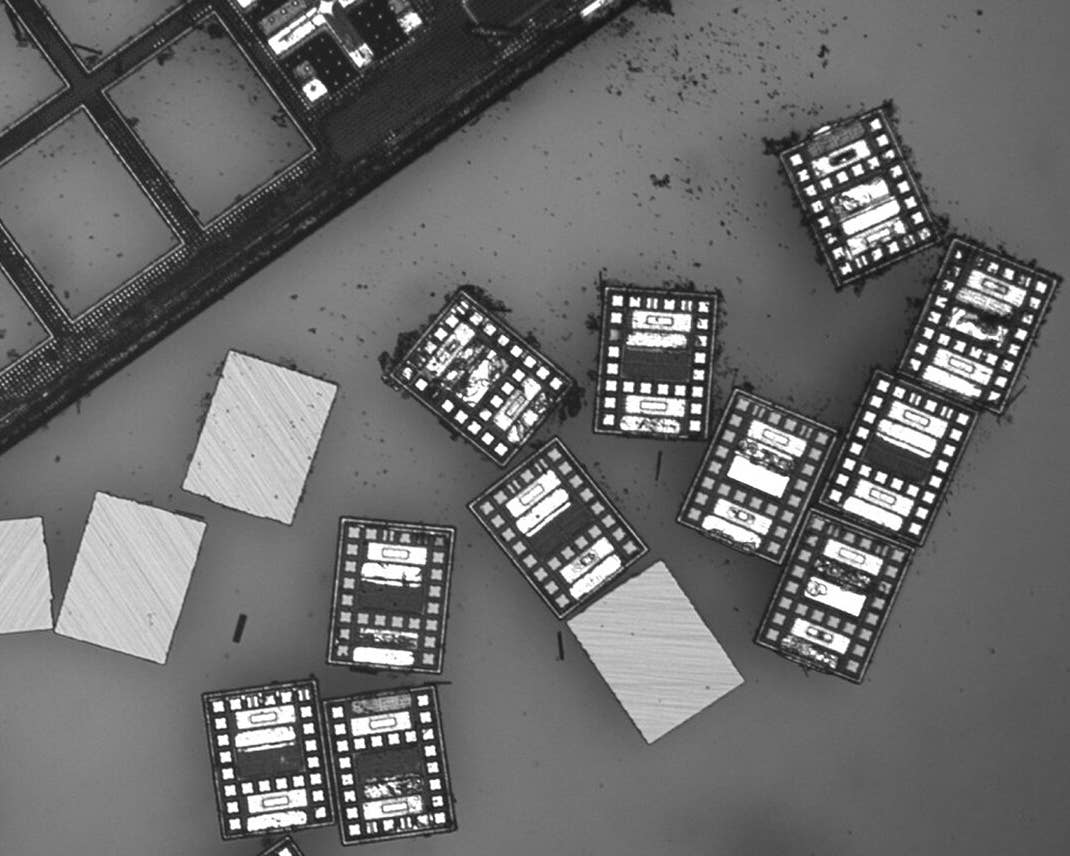
These Robots Are the Size of Single Cells and Cost Just a Penny Apiece
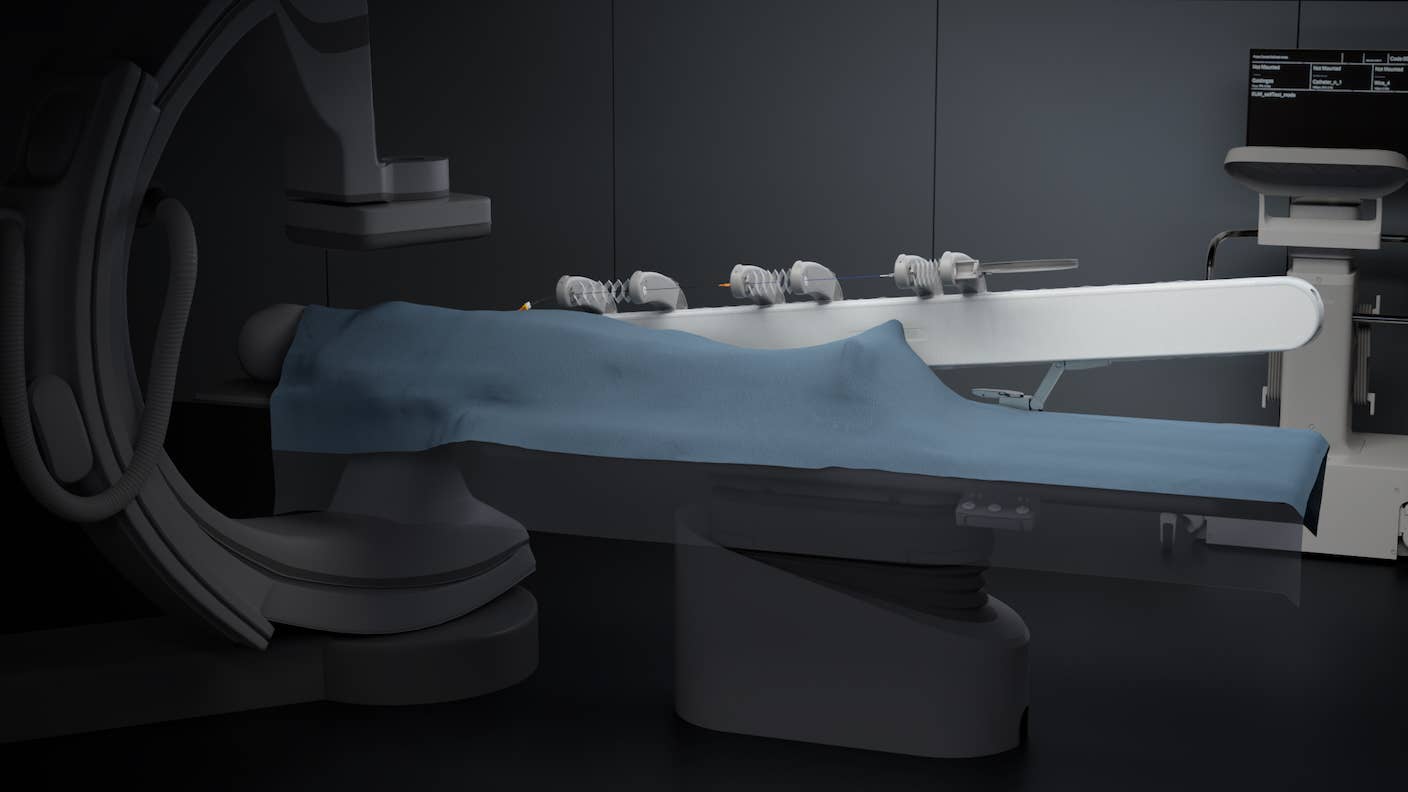
In Wild Experiment, Surgeon Uses Robot to Remove Blood Clot in Brain 4,000 Miles Away
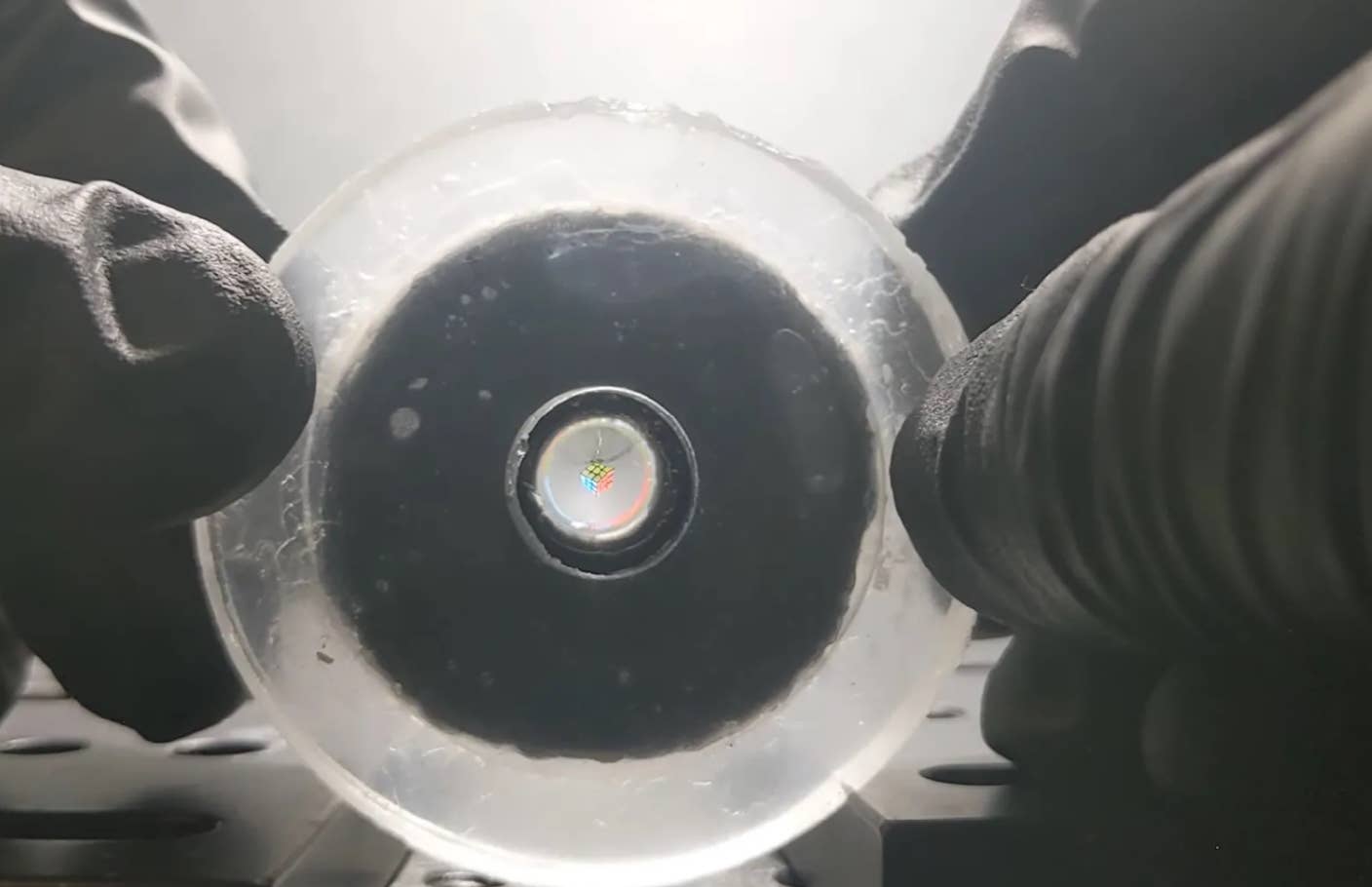
A Squishy New Robotic ‘Eye’ Automatically Focuses Like Our Own
What we’re reading
